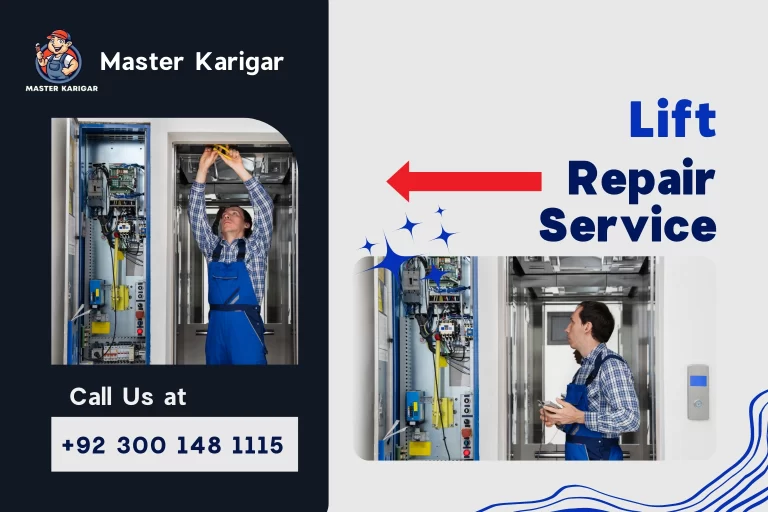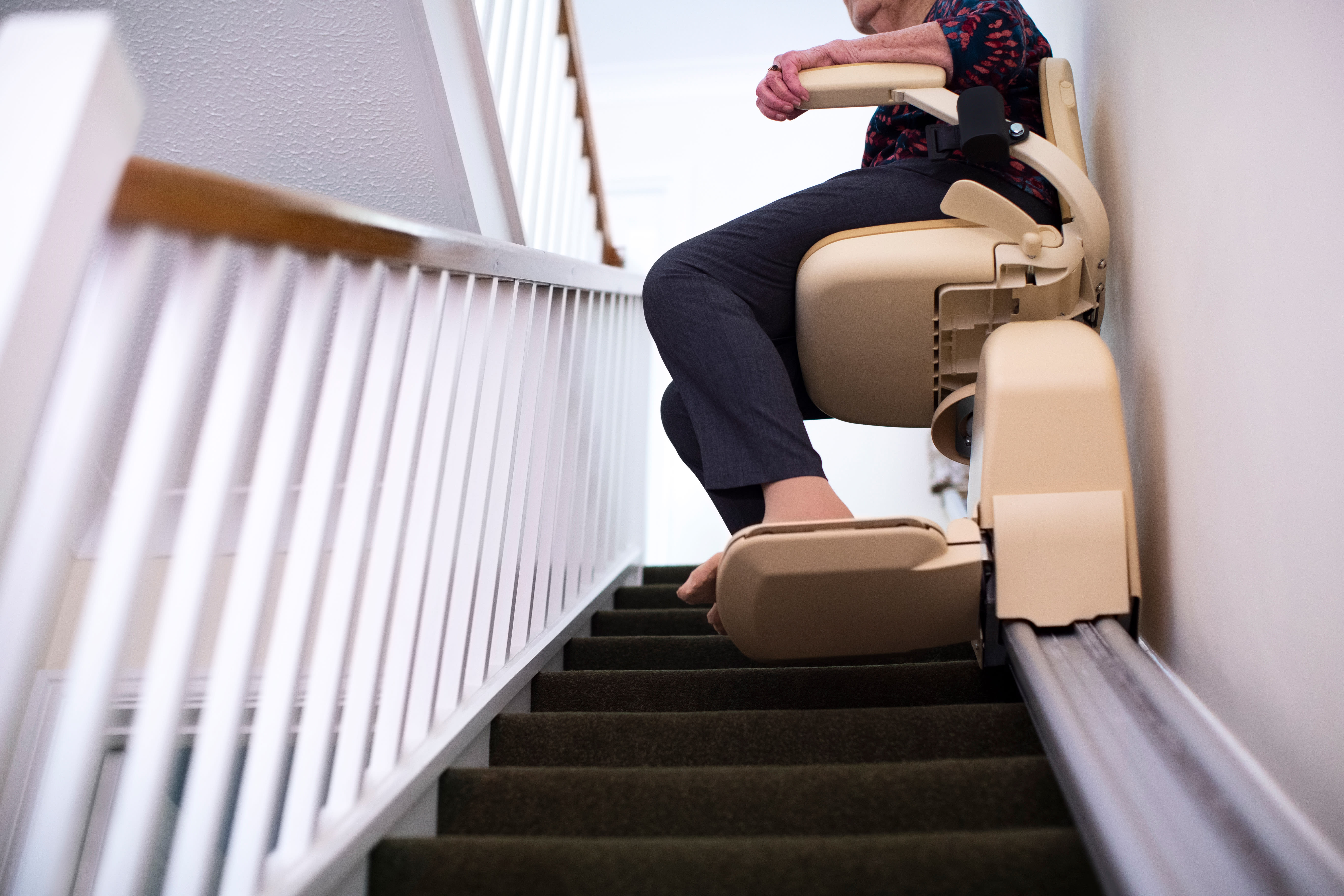Comprehensive Overview to Lift Systems and Their Upkeep
Navigating the intricate world of elevator systems and their upkeep is a task that demands accuracy and knowledge. From the different types of elevator systems in use to the precise adherence to security laws, the maintenance of these upright transportation tools is a complex venture.
Sorts Of Lift Solutions
Lift systems can be found in different types, each made to suit certain structure requirements and individual needs. The most usual kinds consist of hydraulic elevators, traction elevators, machine-room-less lifts, and vacuum cleaner lifts. Hydraulic lifts are optimal for low-rise structures and utilize a hydraulic piston to relocate the lift car. Grip lifts, on the other hand, are a lot more matched for skyscraper buildings and use steel ropes and counterweights to relocate the vehicle. Machine-room-less lifts are a space-saving alternative as they do not need a separate device space for the lift machinery. Vacuum cleaner elevators, a more modern innovation, use atmospheric pressure differentials to move the automobile within a clear tube.
Each sort of lift system has its very own benefits and negative aspects, making it crucial for structure proprietors and designers to very carefully consider their details demands before selecting the most ideal option. Variables such as developing elevation, room accessibility, power efficiency, and spending plan restraints all play a substantial role in establishing the very best elevator system for a certain building.
Usual Maintenance Problems
Routine maintenance of elevator systems is essential to make certain smooth operation and extend their life-span. Despite regular maintenance, lift systems can still encounter common maintenance problems that need to be quickly resolved to avoid interruptions in solution. Routine inspections and aggressive maintenance can assist recognize and fix these typical maintenance problems before they escalate and influence the general performance of the lift system.
Security Laws and Compliance
Following stringent safety and security policies and guaranteeing compliance with industry standards are paramount for keeping the operational integrity of elevator systems. Lifts undergo a detailed set of security laws to guard travelers, maintenance personnel, and the general public. Governing bodies such as the Occupational Security and Health And Wellness Administration (OSHA) in the United States and the European Lift Organization (ELA) in Europe establish guidelines that cover different facets of lift design, operation, installment, and upkeep.
Conformity with these regulations is not only a lawful demand however likewise an ethical commitment for click for info building proprietors and lift maintenance companies. Failure to fulfill safety criteria can cause fines, lawful liabilities, and, most importantly, jeopardize the safety of people utilizing the elevator. Regular assessments, upkeep checks, and adherence to security protocols outlined in the laws are vital to guarantee the safe and efficient procedure of elevator systems. By focusing on safety and security guidelines and conformity, stakeholders can copyright the trust of the general public and reduce potential dangers related to elevator use.
Finest Practices for Maintenance

Structure owners must likewise consider spending in modernization upgrades to enhance the effectiveness and security of their elevator systems. By adhering to these ideal methods, elevator systems can run efficiently and securely, providing reliable upright transportation for residents.

Advanced Technologies for Effectiveness
Executing cutting-edge technologies in elevator systems can next page substantially improve operational effectiveness and passenger experience. These systems enable passengers to input their preferred flooring before going into the elevator, which then guides them to the most reliable auto.
Moreover, the combination of clever sensors and predictive upkeep abilities has actually changed elevator maintenance. These sensing units can spot possible problems prior to they intensify, allowing aggressive maintenance treatments and decreasing downtime. In addition, using energy-efficient components and regenerative drives helps reduce power intake and operating prices in elevator systems.
In addition, the application of cloud-based tracking and remote diagnostics permits real-time tracking of lift performance and instant troubleshooting of any kind of breakdowns. This proactive approach not just enhances system reliability but additionally enhances the general customer experience by ensuring smooth and undisturbed lift procedures.
Final Thought
To conclude, understanding the various sorts of elevator systems, usual upkeep issues, security policies, ideal upkeep practices, and advanced technologies for efficiency is crucial for making certain the smooth procedure of elevators. By adhering to security guidelines and executing ideal practices for upkeep, structure proprietors can lengthen the life expectancy of their elevator systems and make sure the security of passengers. It is essential to remain upgraded on the current improvements in lift modern technology to boost effectiveness and reliability.
The most usual types include hydraulic elevators, grip lifts, machine-room-less lifts, and vacuum lifts. Hydraulic lifts are ideal for low-rise buildings and utilize a hydraulic piston to relocate the elevator cars and truck. Machine-room-less elevators are a space-saving choice as they do not call for a different equipment area for the elevator equipment. Normal assessments and proactive maintenance can help identify and settle these common maintenance problems prior to they escalate and influence the overall efficiency of the lift system.

Comments on “Advanced Lift Engineer Course: Plan For Jobs with Leading Lift Repair Companies Near Me”